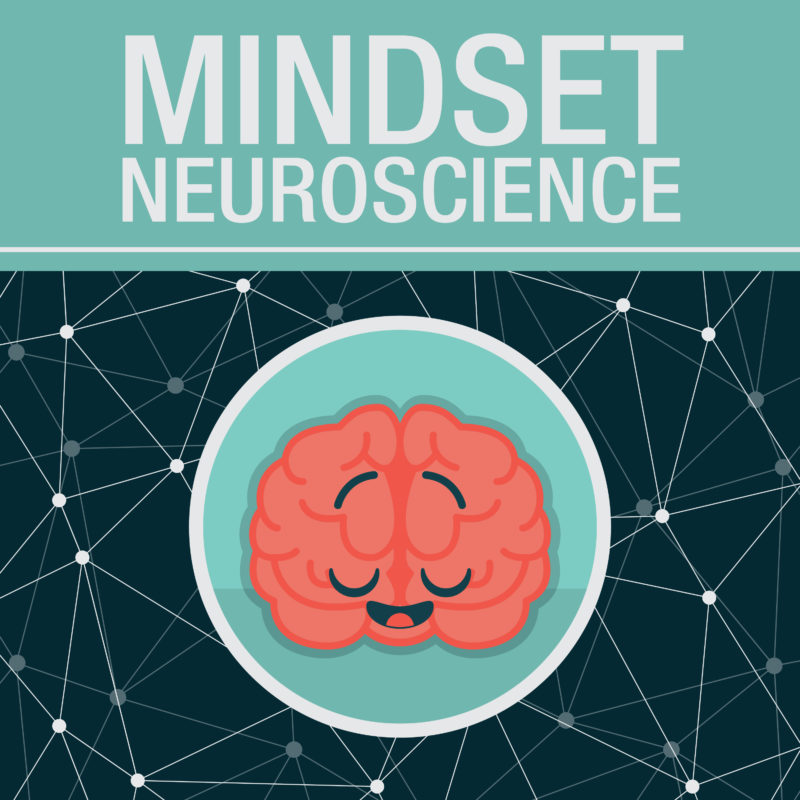Learning is a gateway to power and freedom
Learning increases our degrees of freedom by giving us new ways to move, communicate and adapt to challenges and capitalize on opportunities.
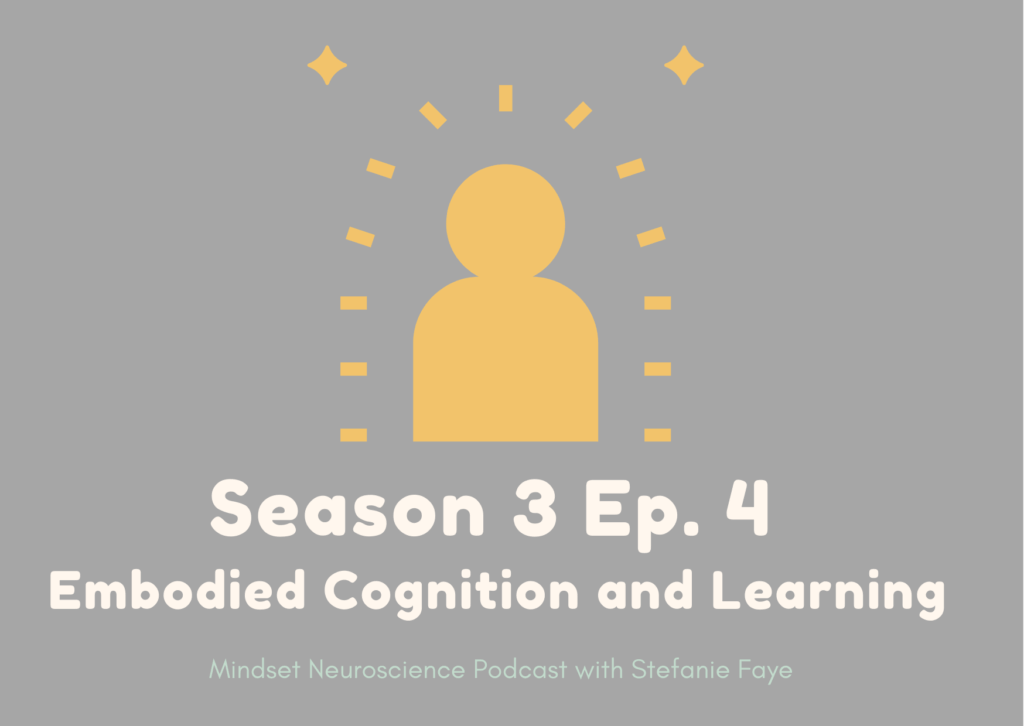
True learning is a sacred process that is not honored in how typical classrooms are run.
I have seen many kids begin to believe that something is wrong with them. Not because they are unable to learn, but because of the teachers’ and education system’s outdated understanding of how humans actually learn and optimize their functioning.
On a deeper level, because of outdated and ineffective education models that exist in schools, I think many of us were not given a chance to truly tap into our unique brilliance, and the effects of this linger in us today.
The highlights of my life have been working with young people and watching them light up as they recognize their capacities to learn. I love teaching them the magnificent systems-logic that exists in the world and in their bodies for them to use for their own sense of power and agency.
It was an honor to speak with two professors who align with this and are taking action to transform and disrupt education as we currently know it.
In this episode, Drs. Sheila Macrine and Jennifer Fugate and I explore how our cognitive and learning processes are embodied as we discuss their book, Movement Matters: How Embodied Cognition Informs Teaching and Learning.
Their website is: embodiedcognitionandlearning.com
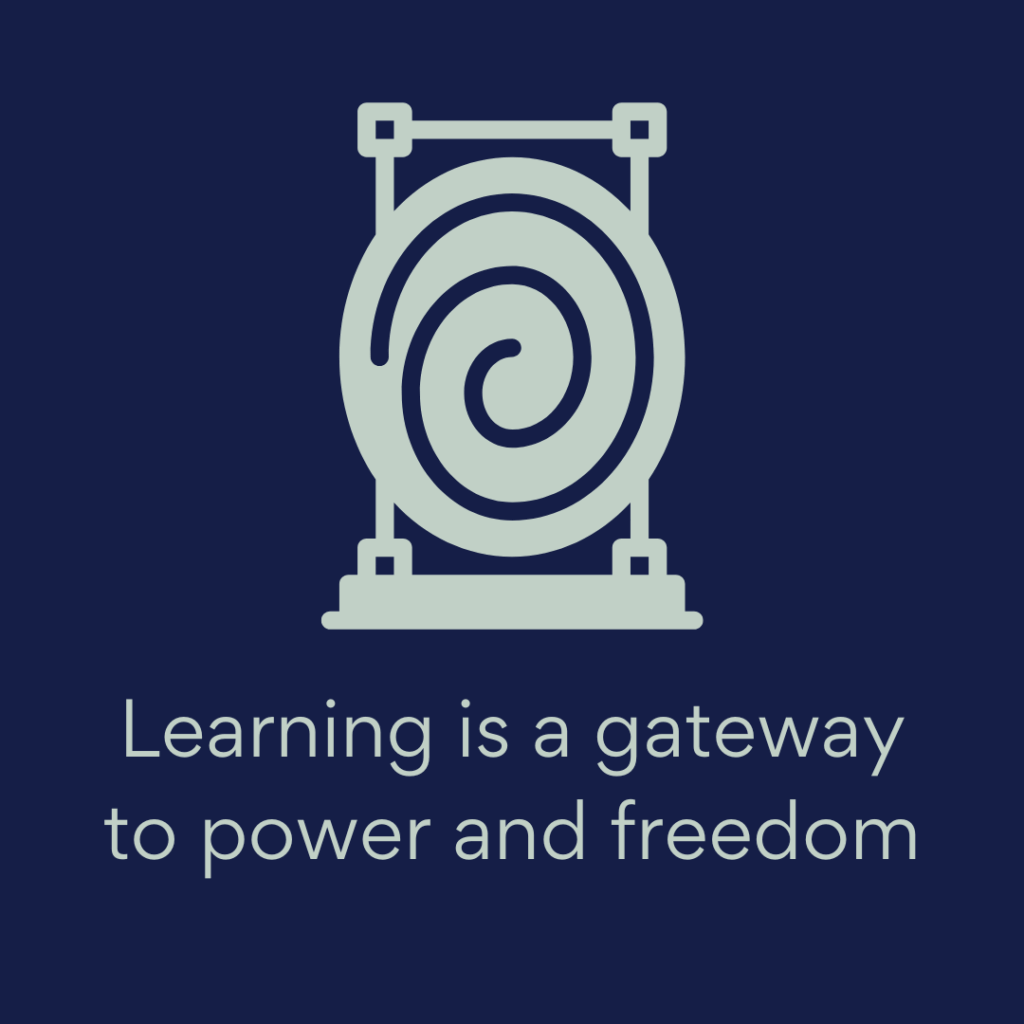
An example from the Movement Matters book is an expert bassoon player. When this expert musician thinks of ‘bassoon’, their entire brain lights up with activity that simulates what it’s like to feel the smoothness of the instrument, the vibration of the sounds, etc. as they hear and play the instrument.
Someone who has never played that instrument will not have the same areas light up when they think about a bassoon - there will be categories and words associated with ‘bassoon’, such as instrument or music, but that embodied, sensorimotor anchor of knowledge will not be there. To learn something well enough to apply it, personalize and use it, we need to ‘play’ with the world, interact with it using our bodies and senses.
As Dr. Fugate says in the interview, “the richer the initial experience , the richer the information that can be used for the simulation”. Using more of our senses (including interoceptive and proprioceptive senses) during the learning process gives the brain-body more data to use later.
Embodied, Enactive, Embedded, Extended
The idea of this process is aligned with 4E cognition. As described by Dr. Shaun Gallagher, this framework proposes that “cognition is not just in the head. it's something that involves the body in general and also the situation of the body in the environment …”
As Schiavio and van der Schyff (2018) describe, there are 4 components of 4E cognition:
- Embodied: Cognition cannot be fully described in terms of abstract mental processes (i.e., in terms of representations). Rather, it must involve the entire body of the living system (brain and body).
- Enactive: Cognition is conceived of as the set of meaningful relationships determined by an adaptive two-way exchange between the complexity of living creatures and the environments they inhabit and actively shape
- Embedded: Cognition is not an isolated event separated from the agent’s ecological niche. Instead, it displays layers of co-determination with physical, social, and cultural aspects of the world.
- Extended: Cognition is often offloaded into biological beings and non-biological devices to serve a variety of functions that would be impossible (or too difficult) to be achieved by only relying on the agent’s own mental processes….
Schiavio, A. & van der Schyff, D. (2018). 4E music pedagogy and the principles of self-organization. Behavioral Sciences, 8(8), 72.
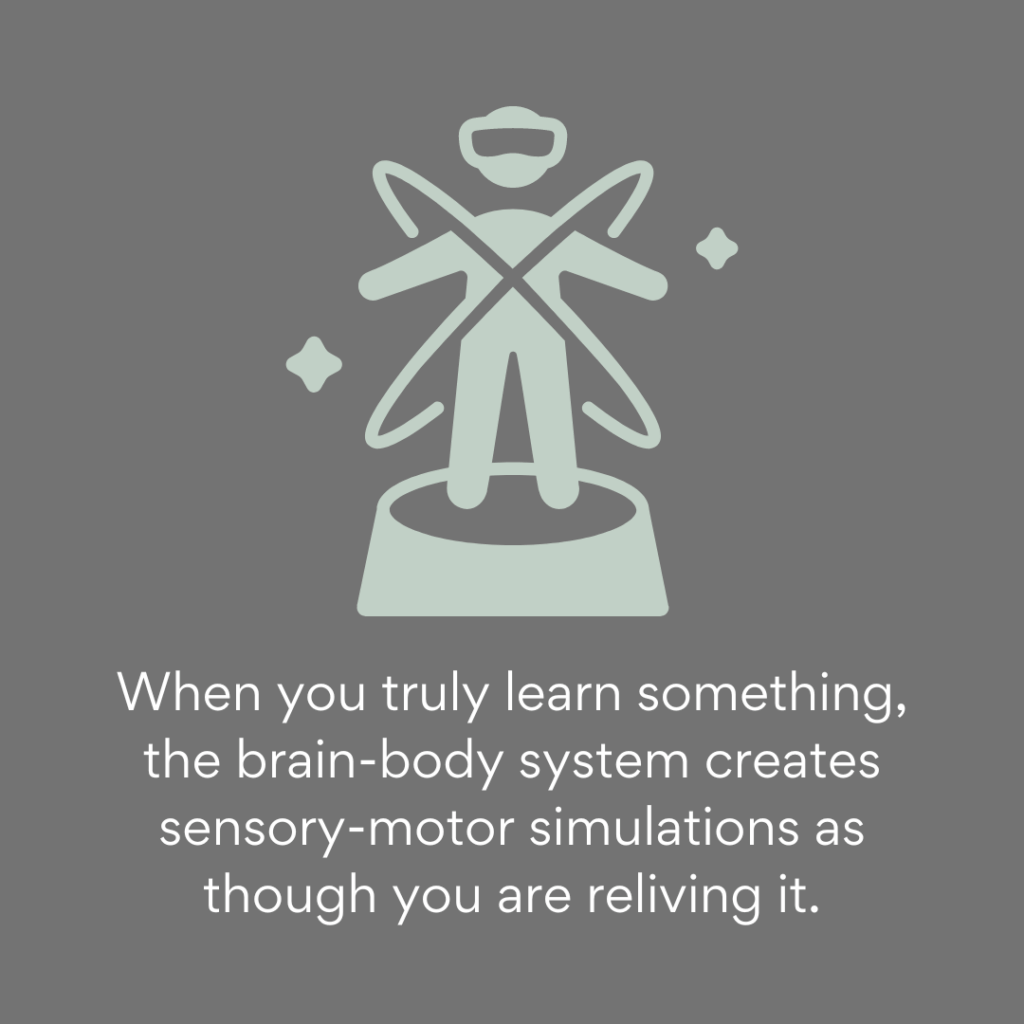
Deep learning is embodied and cannot be standardized
All great teachers are also exceptional learners - and this process of exceptional, deep learning is what makes them great teachers. Deep, impactful, embodied learning is extremely difficult to do with the old, factory-model school paradigm of a ‘talking head teacher’ at the front of the room and children seated at their desks.
I want to keep reiterating this because so many of us went through that education system. It means that there is so much untapped potential about what our talents really can achieve and what they are in the first place.
The antidote is to get out there and get your hands and bodies learning new things - moving and creating. This is how you will get in touch with these deep, embedded potentials that are lying dormant within you now. You won’t be able to access your highest intelligence without this -without getting into the world and experiencing it live, in the flesh, with multiple depths and dimensions, textures, smells, sights, sounds, etc.
True, authentic learning is about tuning in to ourselves and what our body and internal environment is telling us. It’s a very individualized process that cannot be standardized in a factory model way.
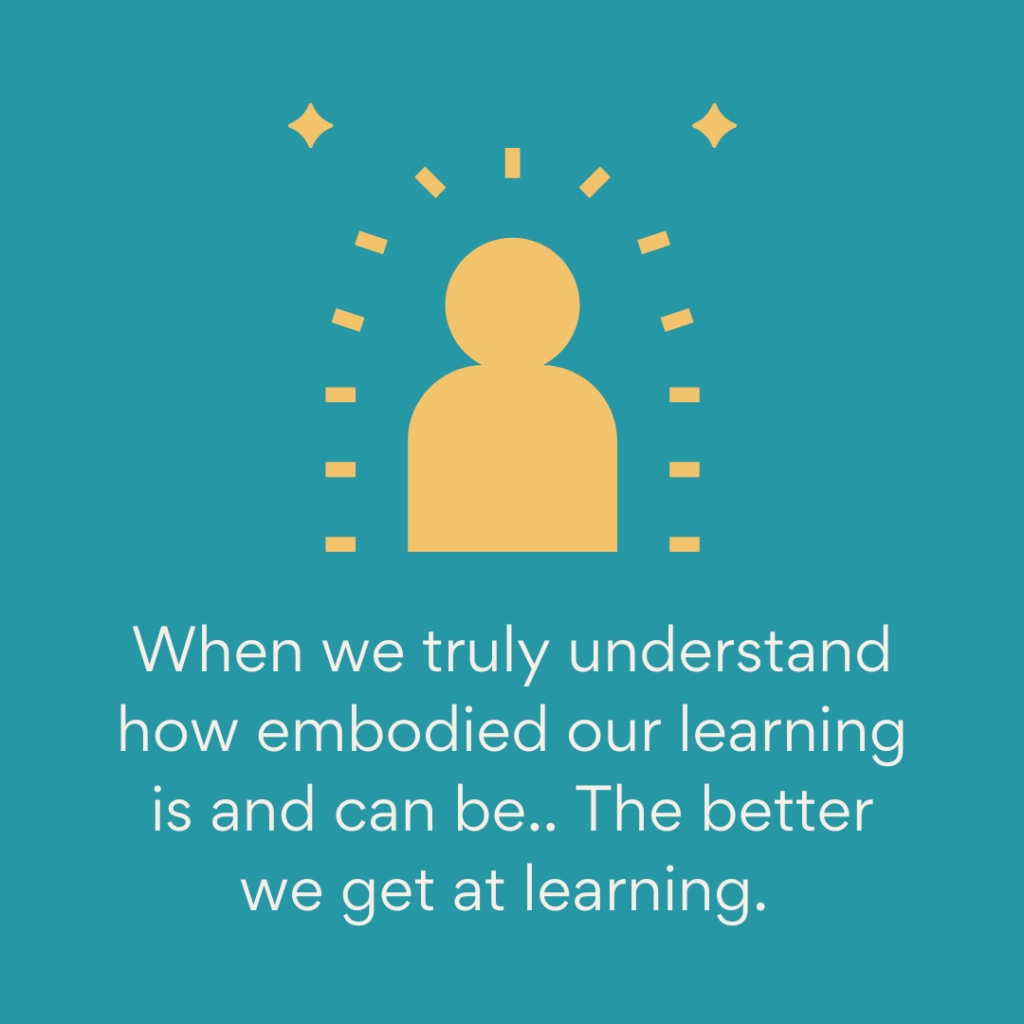
Unique Sensitivities
Because brain-body circuitry and our sensory-sensitivities are powerfully shaped by our personal experiences, each of us will embody, embed, enact and extend in highly variable ways.
We need more parents and educators who understand this.
We all have unique sensitivities and rhythms to learning. This means that we need to take time for ourselves to embody, embed and integrate what we learn. Children do not have that same autonomy or awareness. They need the adults in their life to honor and recognize that each person has their own rhythms and sensitivities. The more we understand how the mind-body is one system, the more this can help us pay attention to what our bodies are telling us.
It also means finding ways to be fully present in our body in as many moments of life that we can be, so that what we learn from an experience can be internalized and then applied in real life for reasons that matter to us. When we apply learning to something we care about, it improves our ability to persevere and adapt. When we 'care', it means that there is an amplification of positive visceral feelings, which creates a richer initial sensory-motor experience. That richness of experience, as Dr. Fugate discusses, is essential to learning.
Take time to learn what truly matters to YOU
To get to know what matters to us on that internal, deep layer means we need to separate what 'lights us up' from what we are doing because it is approved of by others. To do this, we need to have time to ourselves. Tuning inward to how things feel can help reveal to us what is salient and truly meaningful to us in terms of what we choose to learn and how we want to conduct our lives.
It also means spending time with people who are different than who we normally surround ourselves with, so we can have a wider sensory-motor experiential palette to choose from as we get to know what matters to us. This can help us form friendships and relationships that are based on who we are more authentically, rather than what may be accepted or approved of by others.
When we truly understand how embodied our learning is and can be.. The better we get at learning. Remember that learning is not just about academics, sports or technical skill, learning is the mechanism for change, such as when we learn to regulate our emotions, and relationship skills. All of this is learning and requires the same type of embodied, embedded, enacted and extended approaches.
Drs. Sheila Macrine and Jennifer Fugate are paving the way for educators, parents, and leaders to update how we teach in ways that are aligned with the science and with how we understand humans actually learn. It was an honor to speak with them.
Please check out their book, Movement Matters: How Embodied Cognition Informs Teaching and Learning.
Their website is: embodiedcognitionandlearning.com

